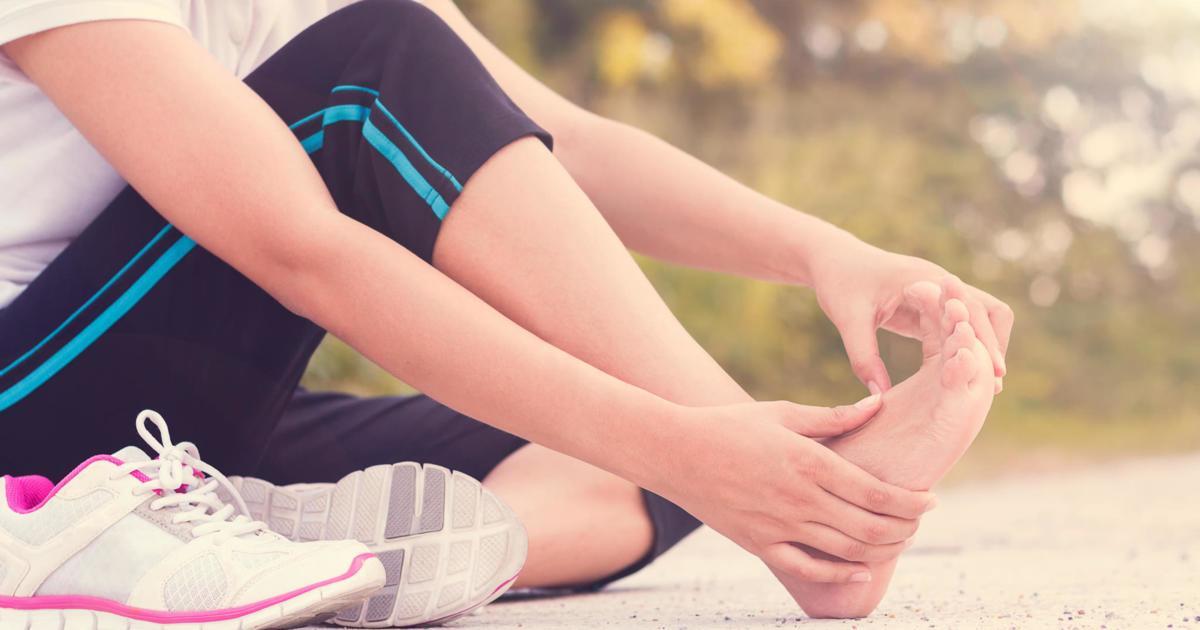Warning Signs Of Athlete's Foot
The condition known as athlete's foot is a misnomer. It doesn't just plague athletes, though it is typically more common in those who play sports. Athlete's foot is a fungal infection. This fungus spreads over the foot and can even affect the toenails as well as the hands. Though anyone can develop athlete's foot, there are a few risk factors that could determine whether the chances of developing it are higher or lower. Because the fungus likes to grow in moist and warm environments, you increase the chance of developing this condition if you tend to walk barefoot in locker rooms, showers, and other public places. To determine if you are suffering from athlete's foot, consider the following warning signs.
Red And Scaly Rash Between Toes

One of the first signs indicating athlete's foot may have developed is a red and scaly rash between the toes. Depending on the location where the fungus first made contact with your foot, it may appear elsewhere at first, but in time, it will spread all throughout your foot and even between your toes. The fungus feeds on keratin which is found in your skin, hair, and nails. Because of this specific food source, the fungus spreads and spreads, growing and eating more of the keratin in your skin. Since your body is attempting to fight the fungus off and defend itself, inflammation sets in. This causes a reaction to occurs, which leaves your foot with a red and scaly rash that can spread beyond your toes.
In fact, if left untreated, this rash can envelop your entire foot. If you happen to touch your foot with your hands while it is infected, then it's likely the fungus has also spread to your hands. A rash will likely soon appear there as well.
Itching Around The Foot

Another sign patients may experience when first developing athlete's foot is itching around the foot. While it isn't uncommon to itch, if you start to experience an almost endless need to itch your foot, it could be a sign something is wrong. This is even more likely if you just so happened to be coming home from a day in the gym and spent time in the public showers without foot protection. Because the fungus is extremely contagious, it doesn't take too much effort to contract it.
The fungus, in particular, is from the same variety that causes jock itch and ringworm. As the former condition suggests, contracting this type of fungus comes with its share of itching. You should attempt not to itch the infected area, especially with your hands, as this could lead the infection to spread further. Before you know it, you could be itching everywhere and be left with an unpleasant rash from head to toe. Scratching can also cause further injury to your skin.
